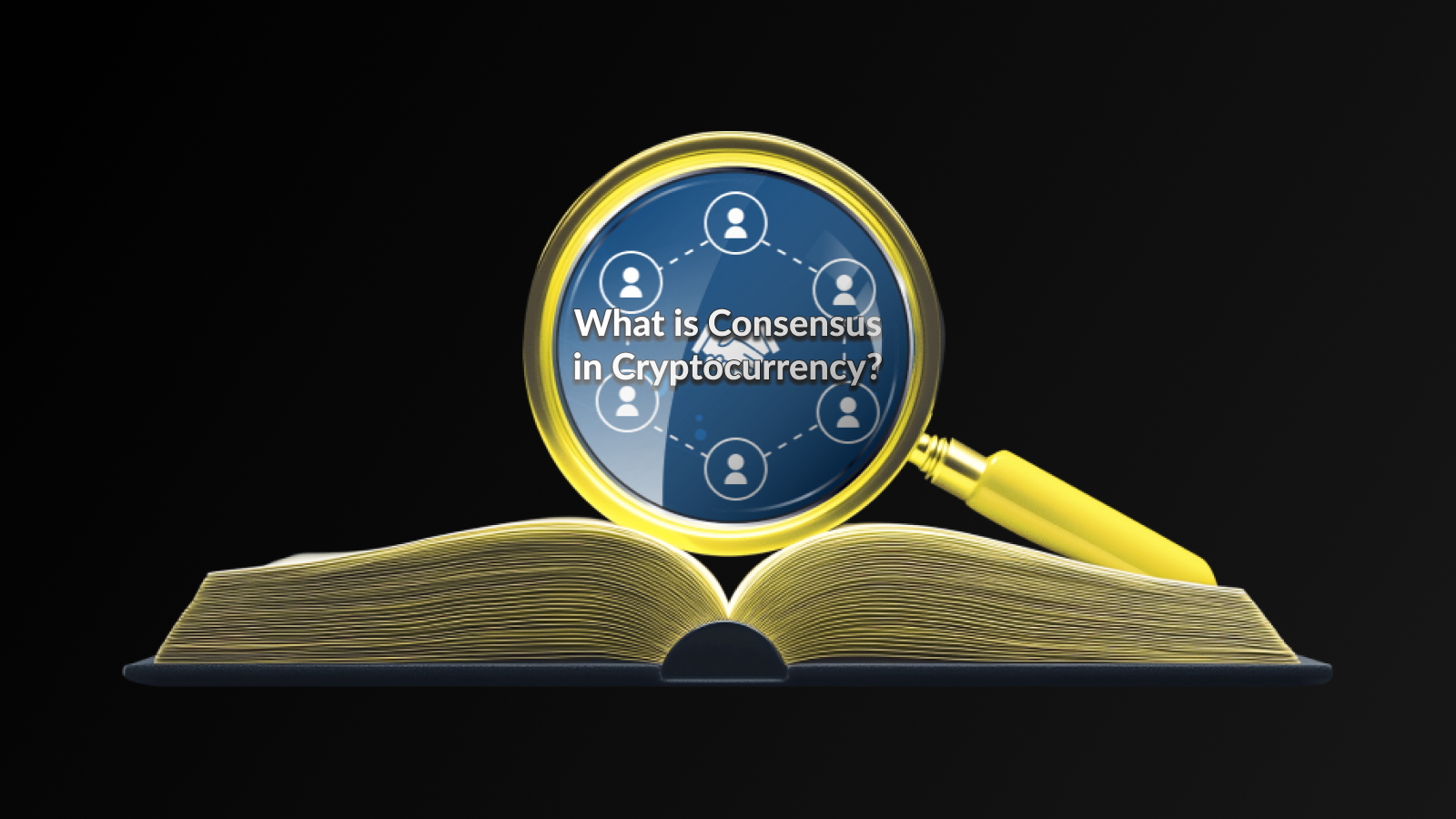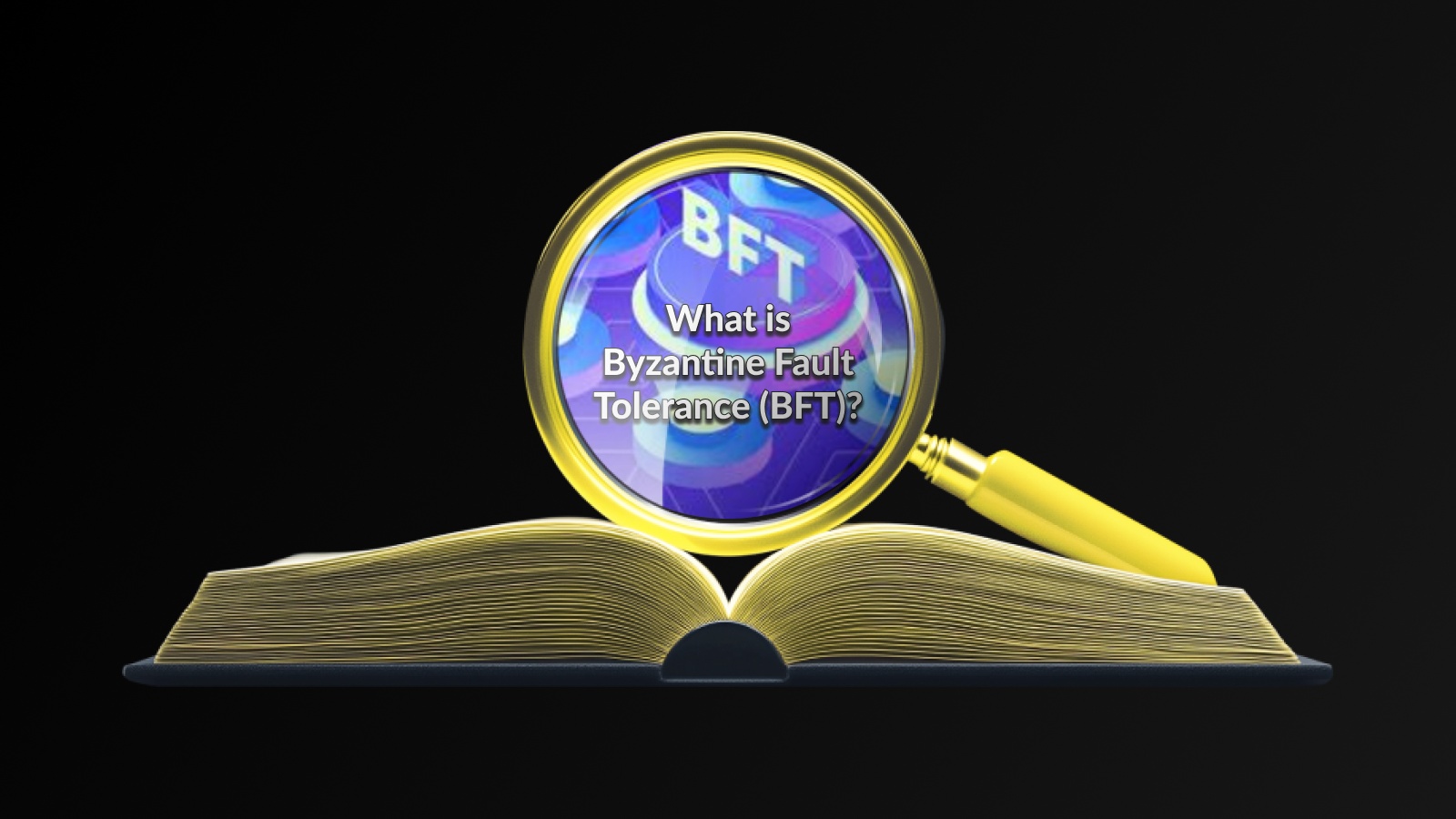Types of Consensus Mechanisms
In the realm of Consensus in Cryptocurrency, various mechanisms exist to ensure that all participants in a blockchain network agree on the current state of the ledger. Below are some of the most prevalent types of consensus mechanisms:
1. Proof of Work (PoW)
Proof of Work was the first consensus mechanism used by Bitcoin and many other cryptocurrencies. It requires participants known as miners to solve complex mathematical problems to validate transactions and create new blocks. This mechanism, while secure, is resource-intensive and has raised concerns about energy consumption.
2. Proof of Stake (PoS)
In contrast to PoW, Proof of Stake assigns the right to validate transactions based on the number of coins held by a participant. Instead of solving problems, validators are chosen randomly, proportionate to their stake. This method is more energy-efficient and is being adopted by several new cryptocurrencies.
3. Delegated Proof of Stake (DPoS)
Delegated Proof of Stake is a variation of PoS where coin holders vote for a small number of delegates who are then responsible for validating transactions and maintaining the blockchain. This approach enhances network scalability and efficiency but may also introduce centralization risks.
Other consensus mechanisms include Practical Byzantine Fault Tolerance (PBFT), Proof of Authority (PoA), and Hybrid models that combine features of multiple approaches. Understanding these mechanisms is crucial for grasping how consensus in cryptocurrency shapes the way decentralized networks operate.
Importance of Consensus in Blockchain Networks
The role of consensus in cryptocurrency cannot be overemphasized, as it serves as the backbone of any blockchain network. Without an efficient consensus mechanism, the integrity and reliability of the blockchain would be at risk. It ensures that all transactions are validated and recorded accurately, preventing double-spending and fraud.
Moreover, a robust consensus mechanism plays a crucial role in decentralization. It allows multiple participants in a network to reach an agreement on the state of the blockchain. This decentralized agreement is what makes blockchains resilient and immune to central failures, thereby promoting trust among users.
In addition to security and decentralization, consensus mechanisms also impact the scalability and speed of blockchain networks. Different mechanisms have different levels of efficiency, which directly influence how quickly transactions are processed and confirmed. As cryptocurrency continues to gain traction, the demand for faster and more scalable solutions will only grow.
Furthermore, the choice of consensus algorithm dictates the energy consumption of a blockchain network. Newer mechanisms are being developed to reduce the environmental impact associated with traditional proof-of-work systems, reflecting the growing awareness around energy efficiency in consensus in cryptocurrency.
Challenges and Future of Consensus Mechanisms
The landscape of Consensus in Cryptocurrency is evolving rapidly, but several challenges remain that can hinder its growth and implementation. One of the primary issues is the scalability of existing consensus mechanisms. As networks expand, transactions can become congested, slowing down processing times and increasing fees. For instance, Proof of Work systems, like that used by Bitcoin, face difficulties in scaling to accommodate a growing number of transactions due to their energy-intensive nature.
Another challenge is the centralization risk that various consensus methods can inadvertently create. In Proof of Stake, for example, the wealthiest participants have more influence over the network, leading to potential power imbalances. This centralization can undermine the core principles of blockchain technology, which promotes decentralization and democratization.
Security remains a significant concern as well. Consensus mechanisms must be robust enough to withstand various attacks, such as the infamous 51% attack, where a single entity gains control over the majority of the network’s mining power, thus allowing it to manipulate the blockchain. Continuous improvements and innovations are necessary to enhance the security of these systems.
Looking to the future, the development of hybrid models that combine different consensus mechanisms may provide a viable solution to some of these challenges. These hybrid approaches can leverage the strengths of multiple methods to create more efficient and secure networks. Furthermore, as the cryptocurrency community continues to explore new technologies, such as sharding and Layer 2 solutions like the Lightning Network, we may see advancements that significantly enhance the performance and reliability of consensus protocols.
While there are notable challenges facing Consensus in Cryptocurrency, ongoing innovation and adaptation are crucial for overcoming these obstacles and moving toward a more efficient and secure future for blockchain networks.
Frequently Asked Questions
What does consensus mean in the context of cryptocurrency?
In the context of cryptocurrency, consensus refers to the agreement among nodes in a blockchain network on the validity of transactions and the state of the blockchain. It ensures that all participants have the same version of the ledger.
Why is consensus important in cryptocurrencies?
Consensus is crucial in cryptocurrencies as it prevents double spending, ensures network security, and maintains the integrity of the blockchain. Without consensus, the network would be vulnerable to fraud and manipulation.
What are some common consensus mechanisms used in blockchain?
Some common consensus mechanisms include Proof of Work (PoW), Proof of Stake (PoS), Delegated Proof of Stake (DPoS), and Practical Byzantine Fault Tolerance (PBFT). Each has its advantages and trade-offs regarding security, efficiency, and scalability.
How does Proof of Work achieve consensus?
Proof of Work achieves consensus by requiring participants to solve complex mathematical problems to validate transactions and create new blocks. The first participant to solve the problem gets to add the block to the blockchain and is rewarded with cryptocurrency.
What are the advantages of Proof of Stake over Proof of Work?
Proof of Stake offers several advantages over Proof of Work, such as reduced energy consumption, lower barriers to entry for validators, and better scalability, as it doesn’t require the intensive computational power that PoW demands.
Can consensus mechanisms be altered in existing cryptocurrencies?
Yes, consensus mechanisms can be altered, but it typically requires a hard fork or major update to the protocol. Such changes often involve extensive community discussions and voting to ensure all stakeholders agree.
What role does community play in achieving consensus in cryptocurrency?
The community plays a vital role in achieving consensus as it comprises the users, miners, or validators who participate in the network. Their collective decisions and agreements influence changes to the protocol and the overall direction of the cryptocurrency.
Disclaimer
This article is for informational purposes only and does not constitute financial or investment advice. Blockchain technology and cryptocurrencies are complex and come with risks. Always conduct thorough research or consult a professional before making investment or technological decisions.





